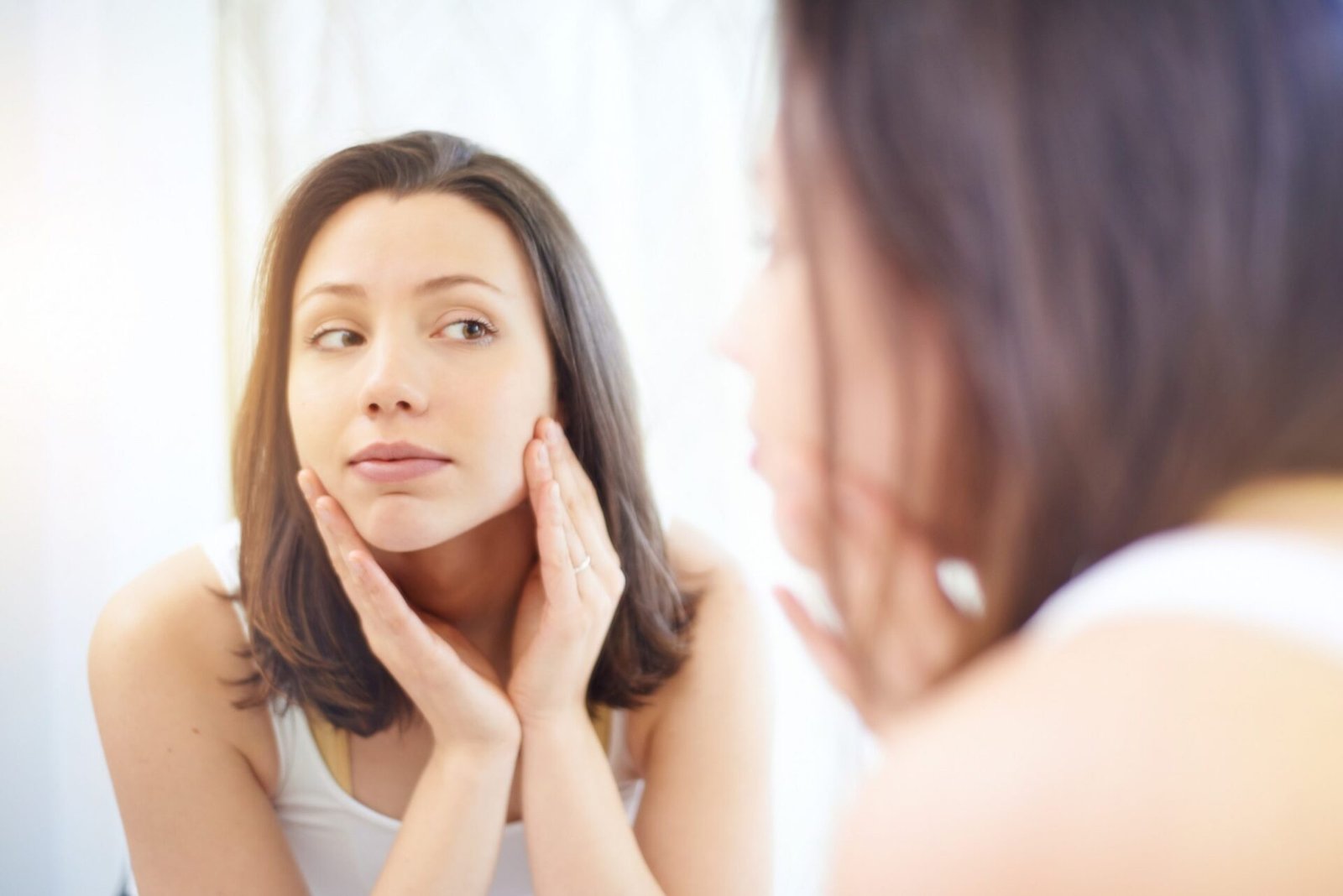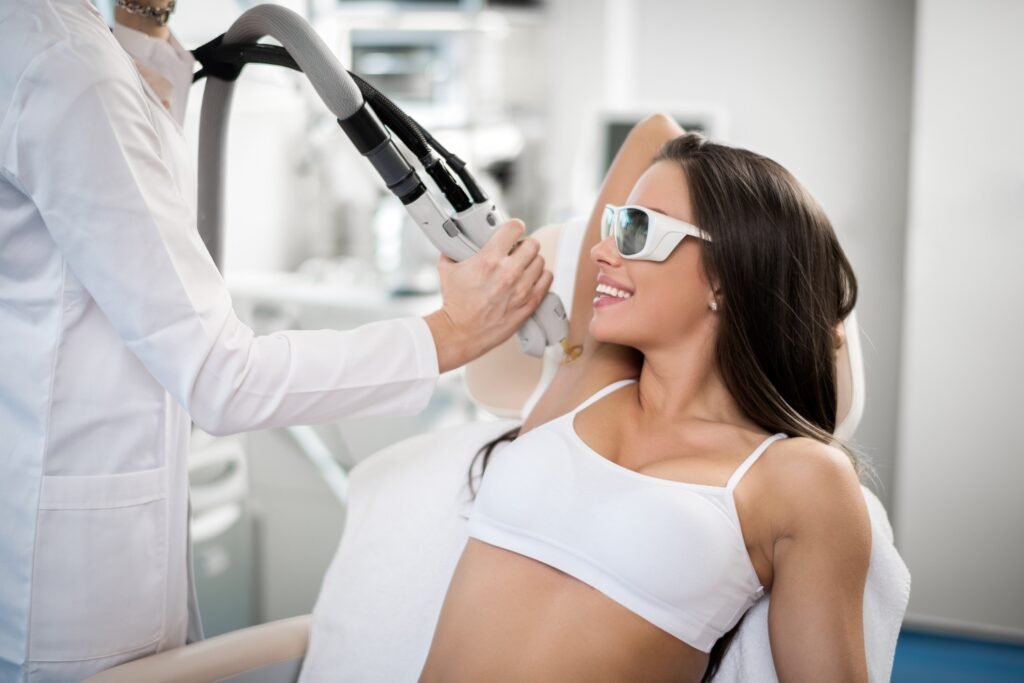The blemishes on the skin come in different sizes and colors, they are not painful and do not change the texture of the skin. However, they can cause aesthetic discomfort, prompting people to seek skincare products that can lighten and even out the skin tone.
We will now discuss the most frequent kinds of stains that may cause this issue. Explore the best products and treatments available for managing this uneven pigmentation.
How do stains develop on the face?
Changes in melanin levels on the skin give rise to pigmentation variations. The degree of color intensity plays a role in categorizing stains into two groups.
- Hypochromics are white or pink spots that are lighter than the skin color.
- Hyperchromic conditions involve the creation of darker stains on the skin, which can vary in shades from brown and black to blue and red.
Types of stains include different categories.
Changes in melanin production can happen due to various factors. The text discusses the top 4 types of facial pigmentation stains and the factors responsible for them.
Spots resulting from too much sun exposure
Vitamin D acts as an antioxidant that benefits skin health. Sun exposure is a key way to obtain this vitamin, but prolonged and unprotected exposure to sunlight can lead to the development of skin blemishes on the face, shoulders, hands, and neck.
Acne-induced blemishes
Stains often develop on acne-prone skin that has not received targeted facial care, appearing as circular marks in red or dark hues. These marks may also appear as pimples heal.
Sardinia is the subject of the text.
Small pigmented spots that vary in shades of brown can be caused by genetics or sun exposure.
Melasma is a skin condition.
Melasma is a type of pigmentation that appears as dark or brown patches on the face, including the cheeks, forehead, and arms, with irregular but distinct shapes. These patches are categorized as epidermal, dermal, or mixed types.
The epidermal form of melasma appears on the skin’s surface, while the dermal type is challenging to treat as it is situated between the epidermis and hypodermis. Mixed melasma involves a blend of superficial and deep discoloration. Aside from unprotected sun exposure, other common factors that contribute to melasma development include:
- Pregnancy-related hormonal shifts lead to the development of melasma.
- Genetic predisposition to stain formation in individuals using contraceptive pills.
- The artificial light emitted by lamps and screens can be just as damaging to the skin as sunlight.
What treatments are most recommended?
The treatment plan will vary based on the nature of the stain. We will choose the best options to prevent and manage sunspots, melasmas, and post-acne marks.
Routine for Caring
The most effective way to prevent new stains from appearing is to include sunscreen as a necessary step in your daily skincare regimen. It’s essential to apply sunscreen even when indoors to protect your skin from blue light. Consuming foods rich in vitamins, such as peanuts, almonds, and vitamin E, can aid in skin rejuvenation and enhance the effectiveness of beauty products and treatments.
Lighters and illuminators that are in use
Invest in products with clarifying ingredients in their formula. Acids are commonly used in skincare products and are especially effective in addressing stubborn spots like acne scars.
Retinoic acid is recommended for treating signs of photoaging like sunspots, freckles, and hyperpigmentation. Kojic acid can also help lighten various types of spots and can be used during the day with sunscreen.
Tranexamic acid works by blocking melanin production to decrease dark spots, while glycolic acid promotes cell renewal for brighter skin and better preparation for whitening treatments. Vitamin C is used for treating melasma and dark spots, and acts as an antioxidant to prevent premature aging.
Exfoliation and peeling are similar skin care techniques.
These two methods encourage skin renewal by removing dead cells through treatments like chemical peels that use acids to eliminate damaged skin layers, resulting in healthier, rejuvenated, and even skin.
Needle with small size
This facial treatment aims to rejuvenate the skin by brightening the complexion and reducing wrinkles through a process involving microperforations with a specialized device to boost collagen production.
This stimulation occurring in the deeper layers of the skin aids in rejuvenating cells, resulting in clearer, less oily skin and a notable decrease in expression lines. To enhance results, micro-tightening is commonly paired with additional topical treatments like hyaluronic acid and vitamin C. This technique is also utilized on other areas of the body to minimize the appearance of scars and stretch marks.
It’s crucial to consult with a skilled professional for any cosmetic procedure. They can recommend the most suitable treatment for your specific skin condition and identify any skin issues that require specialized attention.
GiOlaser, a prominent player in Brazil’s aesthetic industry, provides treatments such as micro-dazzling, which has gained recognition for its safe, comfortable, accessible, and effective procedures focused on patient well-being.
GiOlaser has a team of experts who specialize in top aesthetic treatments and operates in numerous cities across the country.
It is important to seek the help of a specialized professional to address and reduce skin discoloration by staying vigilant for new stains and following up with treatments consistently.
Contact GiOlaser’s team for information on our products and services to care for your skin.



